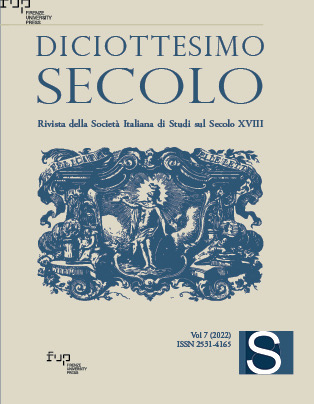Published 2022-11-18
Keywords
- Catherine II,
- Nakaz,
- translations,
- history of text,
- editorial history
How to Cite
Abstract
The Instruction of Catherine II (the Nakaz, 1767) represented an original attempt of the Russian supreme power to introduce certain ideas of the European Enlightenment into the practice of national legislation. The ‘philosophical’ origins of the Nakaz, which incorporated broad borrowings from Western eighteenth-century thinkers, ensured the empress’s work a place among the most liberal texts of the Russian Enlightenment and promoted its spread beyond borders. In the last third of the XVIII century more than thirty editions of the Nakaz in several languages – German, English, French, Italian, Dutch, Polish, Romanian, Swedish, Greek and Latin – circulated in Europe. Such editorial activity attested the great interest of the public opinion in the reforms announced by Catherine II at the beginning of her reign. Nevertheless, the Nakaz translations were not without consequence to the original text, having caused its modifications. An additional point is that most of these translations were initiated or supported by the people connected with Russia by their functions or by their interests.


